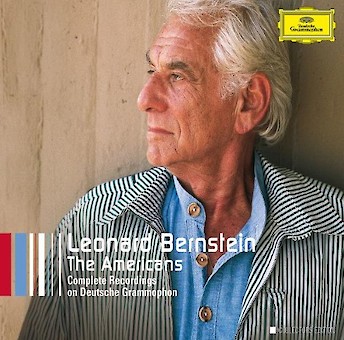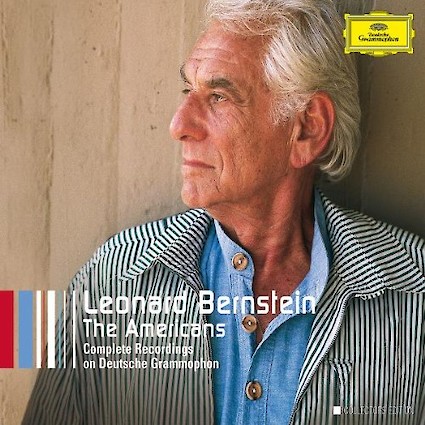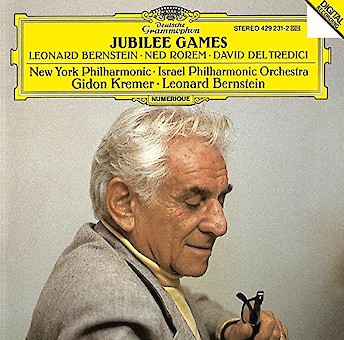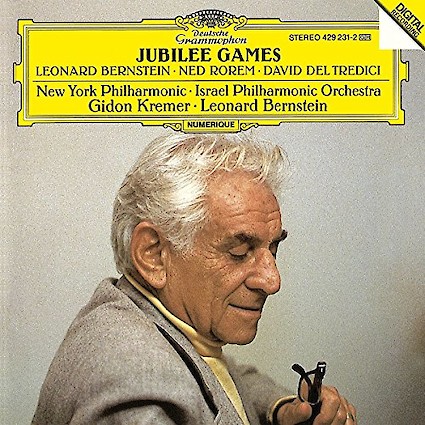Tattoo is not Alice. Those earlier pieces— extravagant, ecstatic and, yes, innocent—are some distance from the darker, more ominous tread of Tattoo.
True, the elaborate orchestral apparatus is still enthusiastically in place and the harmony remains richly tonal, though now, perhaps, it bears a more dissonant burden. But what seems a new twist is the music's unrelenting rhythmic drive. Interestingly, a recurrent image during composition was that of a juggernaut— the huge machine moving forward with irresistible, terrible force.
The orchestra is, after all, a kind of musical monster, with its more than 100 independently moving parts, each of which, like tentacles, can be given its own life; or all can be harnessed together to do a composer's bidding.
In Tattoo, I wanted to have it both ways: the finely wrought contrapuntal detail wed to an inexorable momentum. (Or, more picturesquely, the victim about to be crushed in the maw of the beast observes perfectly, for a millisecond, a single physical detail.)
Tattoo. 1. a signal on a drum or bugle summoning soldiers to their quarters at night. 2. any continuous drumming, rapping, etc.
Almost randomly, tiny shards of percussion, isolated pizzicati and, finally, tubas punctuate the silence, then coalesce into the basso ostinato that will dominate the twenty-minute course of Tattoo. A somber, majestic theme is heard in horns signaling the forward march. With brass and percussion to the fore, sonic peaks steadily rise. A brief, more playful episode interrupts, but the music, ostinato-driven, presses on, now toward a blazing, grandiose climax. Thereafter, the whole conflagration dissipates, leaving mysterious, smoldering musical embers—harp and celesta arpeggios, muted brass, woodwind and percussion tremolos. At length, from these shifting ashes, the opening phrase of Paganini's twenty-fourth Caprice (called Omaggio a Niccoló Paganini in my score) drifts up. This new thematic fragment is first heard superimposed above a quiet recapitulation of the opening, but then breaks free and in complete form proclaims itself, fortissimo. Only the basso ostinato still clings, giving the music a macabre aspect.
The theme, once stated, is fair game for contrapuntal and rhythmic distortion. There are surprising, jarring harmonic shifts and much canonic casing. A siren, even, enters the fray. When the omnipresent ostinato itself begins to disintegrate, the end seems near. Paganini, however, makes one last dramatic appearance, but his theme breaks apart, its swirling fragments, moving faster and faster. Enough! A low wind rises and blows all the music away.
Compositional Note: When I accepted the commission to compose a work for the Concertgebouw Orchestra commemorating the 250th anniversary of the F. van Lanschot Bank of the Netherlands, I had already written a complete sketch of Tattoo. Only one thing troubled me:
J.C. van Lanschot, an admirer of Paganini's music, requested that I incorporate into my composition the theme of the celebrated twenty-fourth Caprice. With Tattoo so close to completion, this request seemed impossible to fulfill. One evening weeks later, however, I had a strange yet compelling urge to sit at the piano with both the Paganini and my own composition before me. Immediately, I saw a connection: the first two measures of the Caprice fit exactly above the opening two measures of Tattoo. Not a note needed to be altered. The insight seemed heaven-sent and it lighted compositional fires. I not only included the famous theme, but nearly doubled the length of Tattoo by composing an entirely new section exploiting the musical possibilities of this serendipitous discovery.
"Tattoo" was a real audience-pleaser, and Bernstein conducted it with obvious enjoyment.<
David Del Tredici is fond of variation, paraphrase, and is a brilliant orchestrator. The Tattoo of the title refers to rhythmic signaling, not body art. Tattoo, a very jazzy and joyfully cacophonous work, contains a generous helping of Paganini's 24th Caprice. A contemporary of John Corigliano, Del Tredici may yet emerge as the leading composer of this new period in which we find ourselves.
Best orchestral work: David Del Tredici unleashed his devilish humor on the New York Philharmonic in November with Tattoo, an unlikely mix of Carmen Miranda rhythms, Rimsky-Korsakov orchestrations and police sirens.
Then there was the truly weird, and arrestingly so, Tattoo, a new work by New York Philharmonic composer in residence David Del Tredici, who finally has some new tricks up his sleeve.
Del Tredici's Tattoo is as gloriously excessive as the Alice pieces, but far grimmer, like an ominous, inexorable, clangorous machine. Bernstein and the New York Philharmonic throw themselves into Tattoo with maniacal glee....
Tattoo is the latest orchestral work from the distinguished American composer David Del Tredici. Myung-Whun Chung conducts the world premiere performances by the Concertgebouw orchestra in Amsterdam on 30 January and 1 February.
David Del Tredici, who is 50 this year, enjoys a reputation as an "enfant terrible" of the musical world. He rose to international fame in 1976 when Barbara Hendricks with the Chicago Symphony conducted by Sir Georg Solti performed and recorded Final Alice, one of a series of large—scale, lavishly—scored and unashamedly romantic works inspired by the Alice books of Lewis Carroll.
Tattoo is a commission from the Dutch bank F. Van Lanschot in celebration of the bank's 250th anniversary. The 15—minute piece is in two sections, Part II intriguingly entitled "Omaggio a Nicolo Paganini". The link with the 19th—century virtuoso violinist and composer arose from a request made by Mr. J.C. Van Lanschot, an admirer of Paganini's music, and takes its form in the recollection of the opening phrase from the famous 24th Caprice.
David Del Tredici will attend the two performances, the first of which is by invitation only, the second, on 1 February, an afternoon concert beginning at 2.15pm. The programme also includes Nobuko Imai as soloist in Paganini's Sonata for Viola and Orchestra.
Audio (2)
Recordings (2)




Del Tredici: Tattoo / Rorem: Violin Concerto / Bernstein: Jubilee Games
1992, Deutsche Grammophon (429-231-2)Works
Performers
- New York Philharmonic, Leonard Bernstein